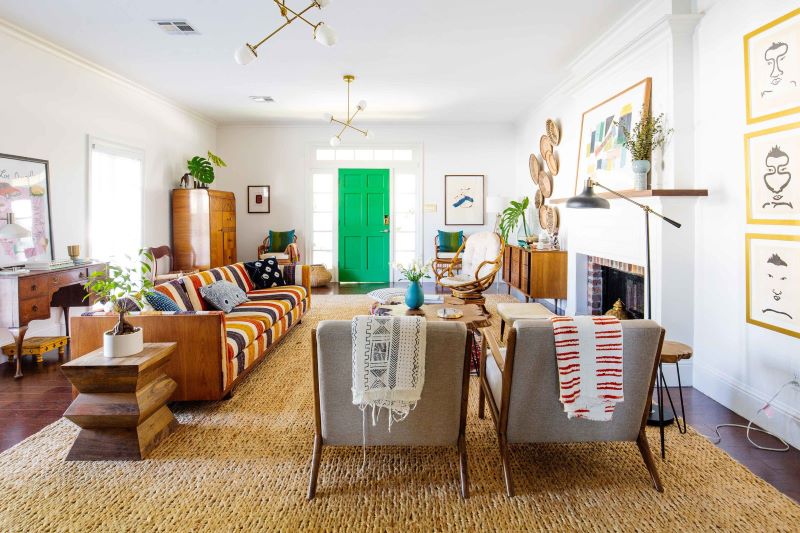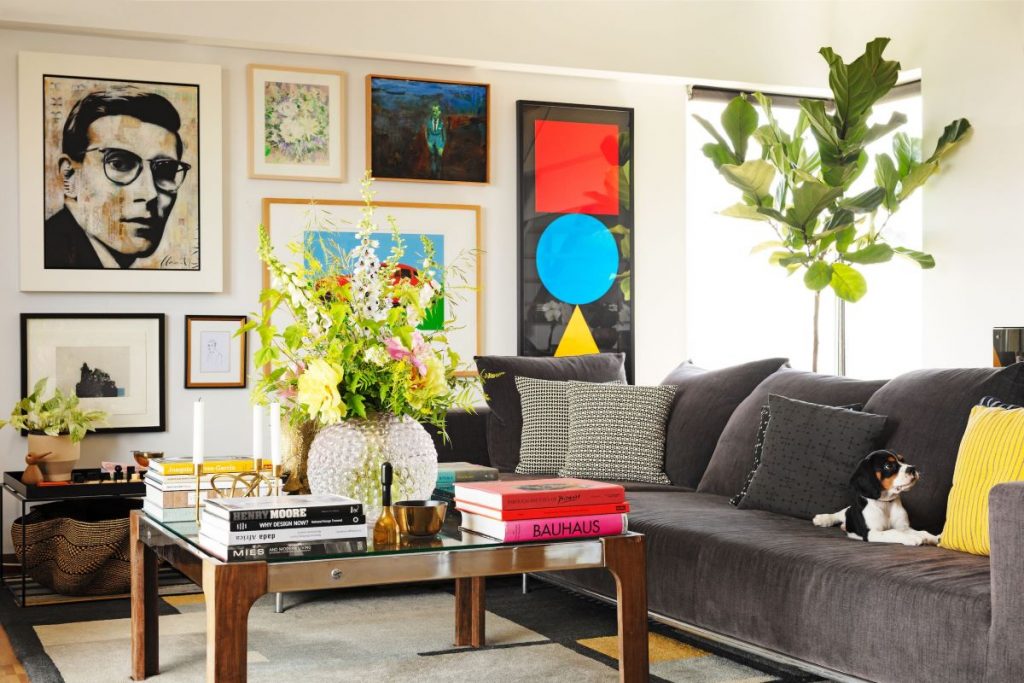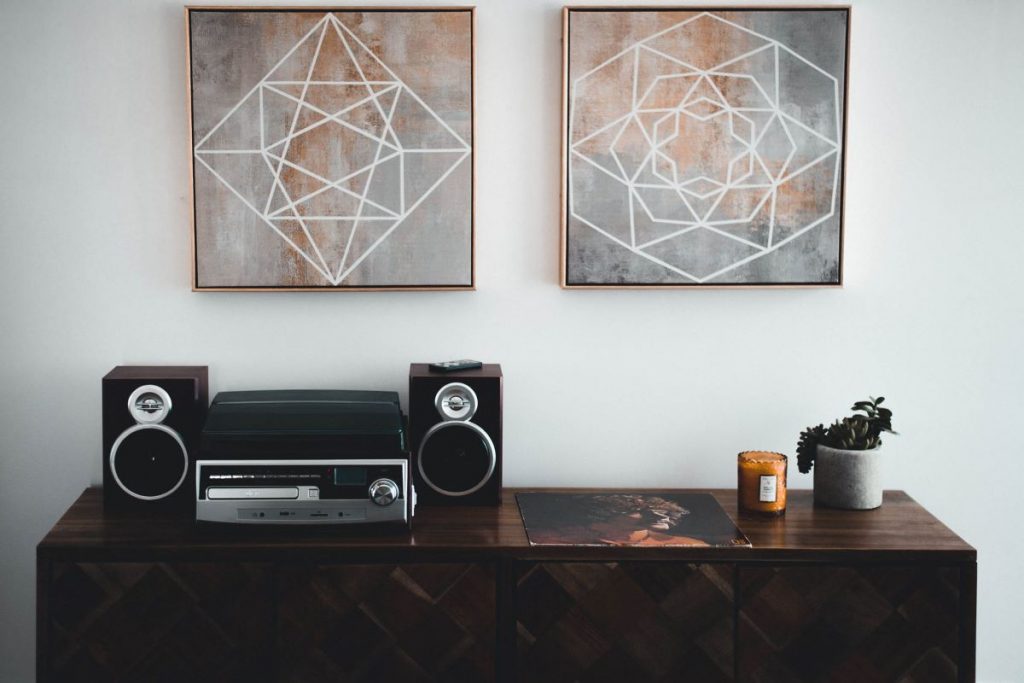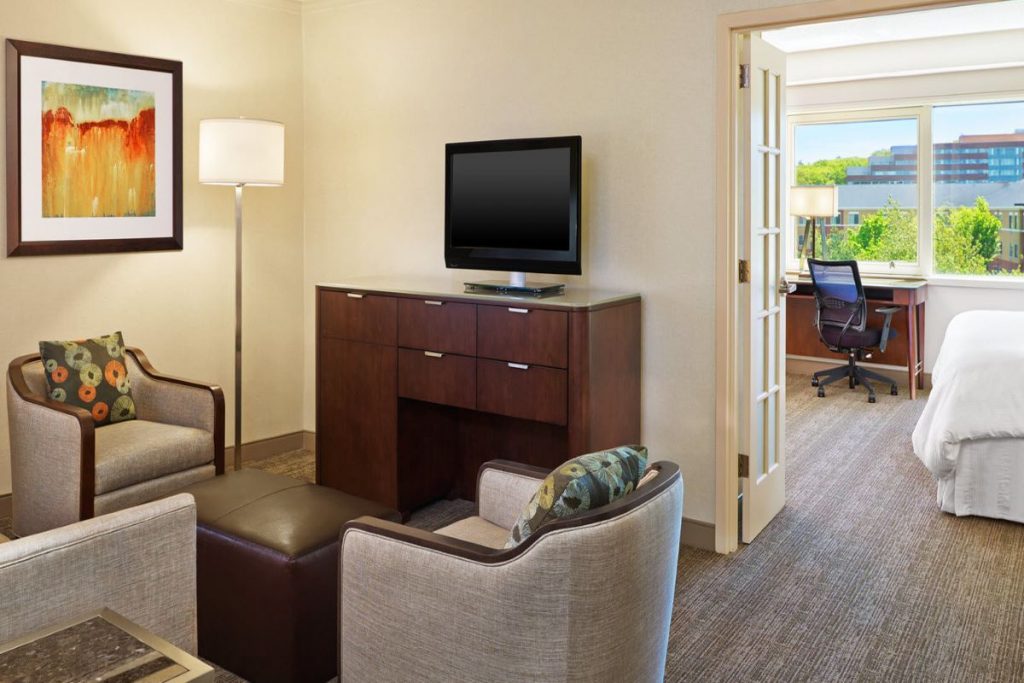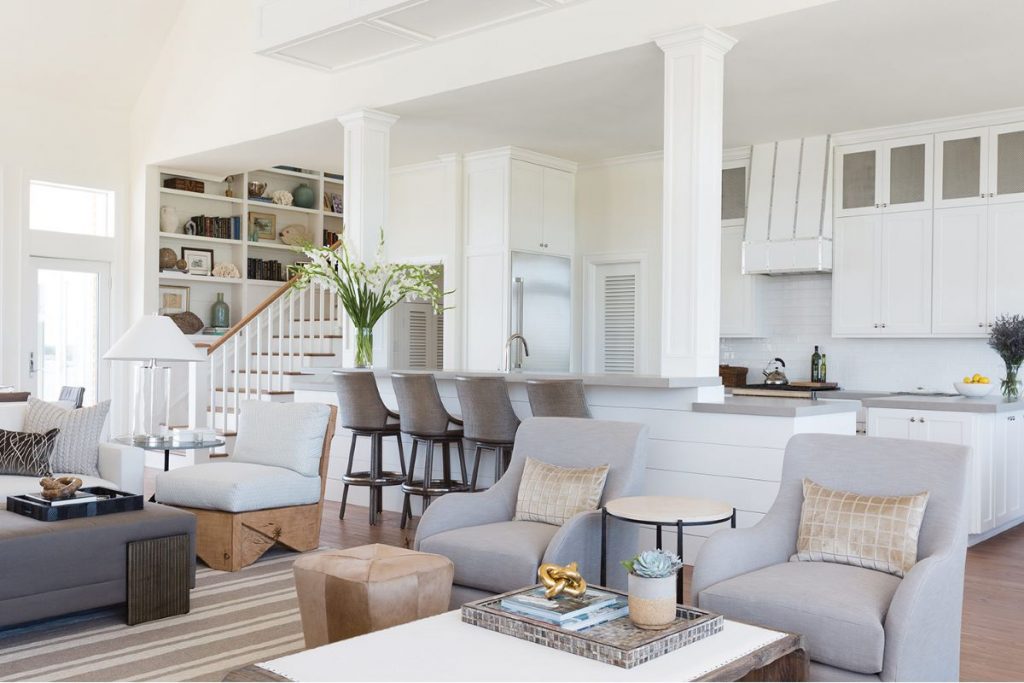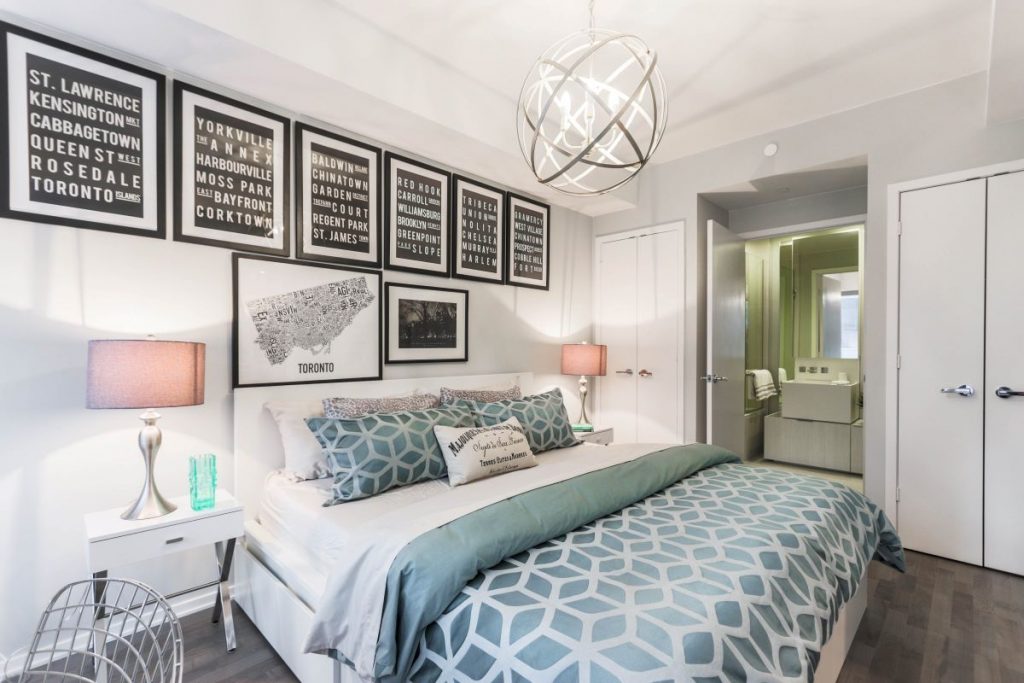Table of Contents
Interior decor rules give us a guideline for how our furniture, lighting and accessories should mix together within our homes-but what if you want to “rock the boat” a little bit, following the rules that work for your life and discarding the rest? Below are some of the most basic rules of interior design, and how to break them successfully.
No Large Furniture in a Small Room
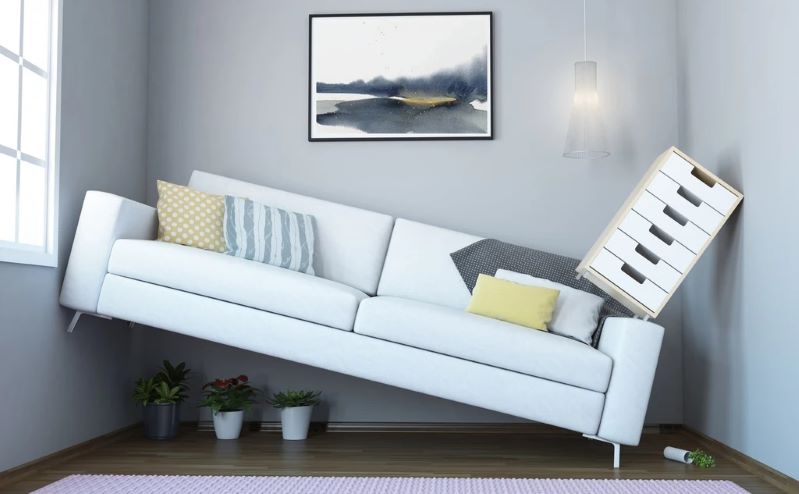
Common sense seemingly dictates that if your room is small, your furniture should be as well-when actually, nothing is further from the truth. You can fit a large sofa or bed into a small room, as long as its color and placement are correct. If the furnishing doesn’t block the room’s natural sight lines and is in the same color family as the rest of the decor, it will still look unified and whole, and your room will still appear larger.
Don’t Paint Your Ceilings

Frankly, we don’t understand why people are so preoccupied with having a white ceiling in every room. Throughout time, ceilings have been gilded, decorated with murals a la the Sistine Chapel, and festooned with mirrors; when did they become a mere afterthought? You may think that a white ceiling will make your room look taller and lighter, but really, it’s a fifth wall and should receive equal attention. Paint it a shade or two darker or lighter than your walls, but if you’re looking for something bolder, add a bright color or stencil up there.
No Ceiling Fans
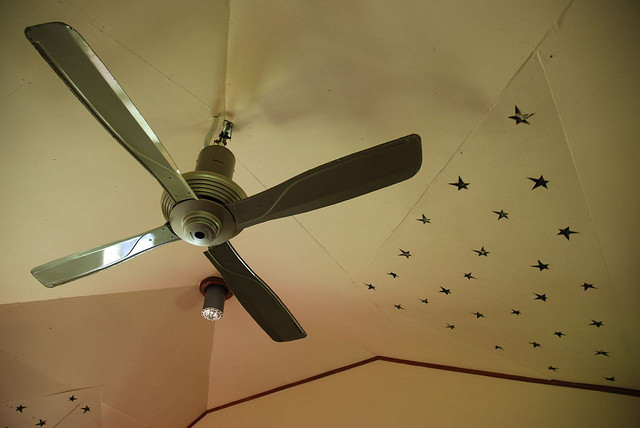
The humble ceiling fan has a bad reputation as a dust magnet, but if you’ve ever lived in a humid climate, you know you need them for the air they circulate. Don’t replace your ceiling fans with chandeliers like everyone else-but if you do opt for a fan, make sure it is a good match for the color and aesthetics of the rest of the room.
Keep Your Metals Separate
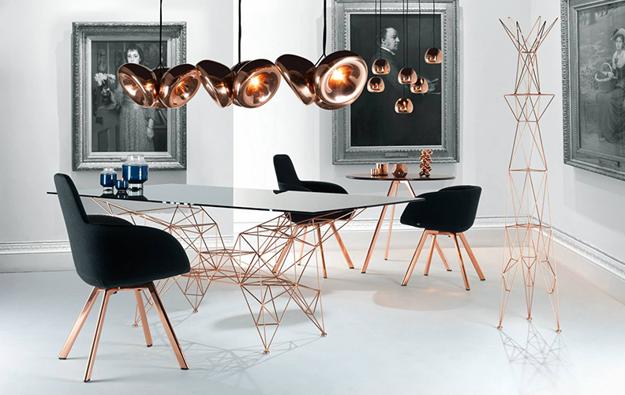
It’s long been considered a decorating faux pas to mix metal types; matching finishes were created to lend a degree of visual harmony, but they can also make the room look bland if overused. You can use different metallic tones in the same room, if you first understand their patinas. Antiqued silver, weathered brass and muted shades of gold work well together; their finish (rather than their color) is the thing that ties them all together.
No “Loud” Colors or Patterns
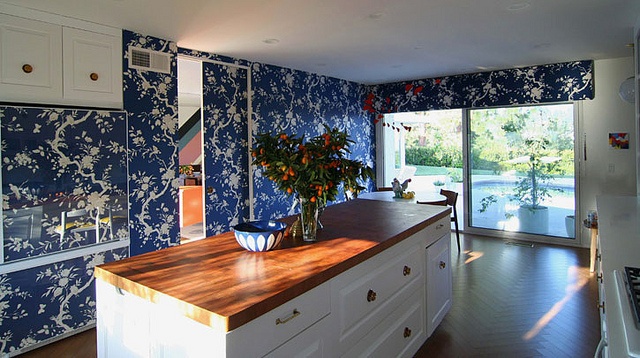
Bold patterns and colors are usually verboten for decorators because of their potential for visual chaos, but if they’re tempered with, say, a neutral piece of furniture or a solid color on the walls, they can be part of your home decor. The key to successfully breaking this tenet of interior design is to give the viewer’s eye a place to come to rest.
Woods Must Match
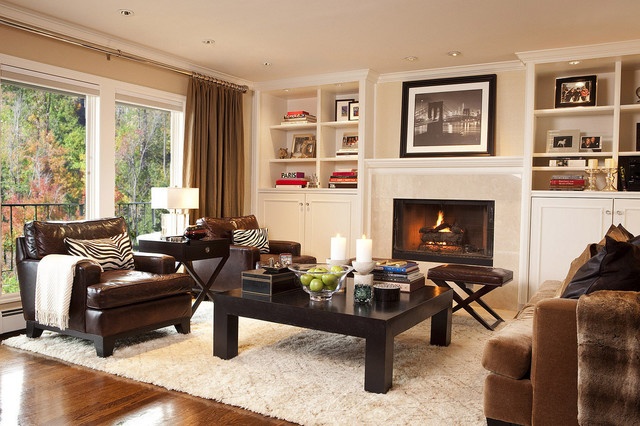
You might think that having matching wooden surfaces makes your room look more “pulled together”, but if they all have an identical finish, your space can look boring and flat, as if you bought everything at once instead of slowly building your collection. Having a variety of woods in your home is a great way to add depth and a natural look to your decor; just make sure to distribute them evenly so things don’t look unbalanced.
In the end, your home’s design is about form, function and style. Each room will come with its own set of challenges, and they may not always fit neatly into existing design rules. As we said earlier, design rules provide a guideline to work within, but you’re free to change them to suit your needs. By breaking some of the rules of home decor, you might just create a new one all of your own.
